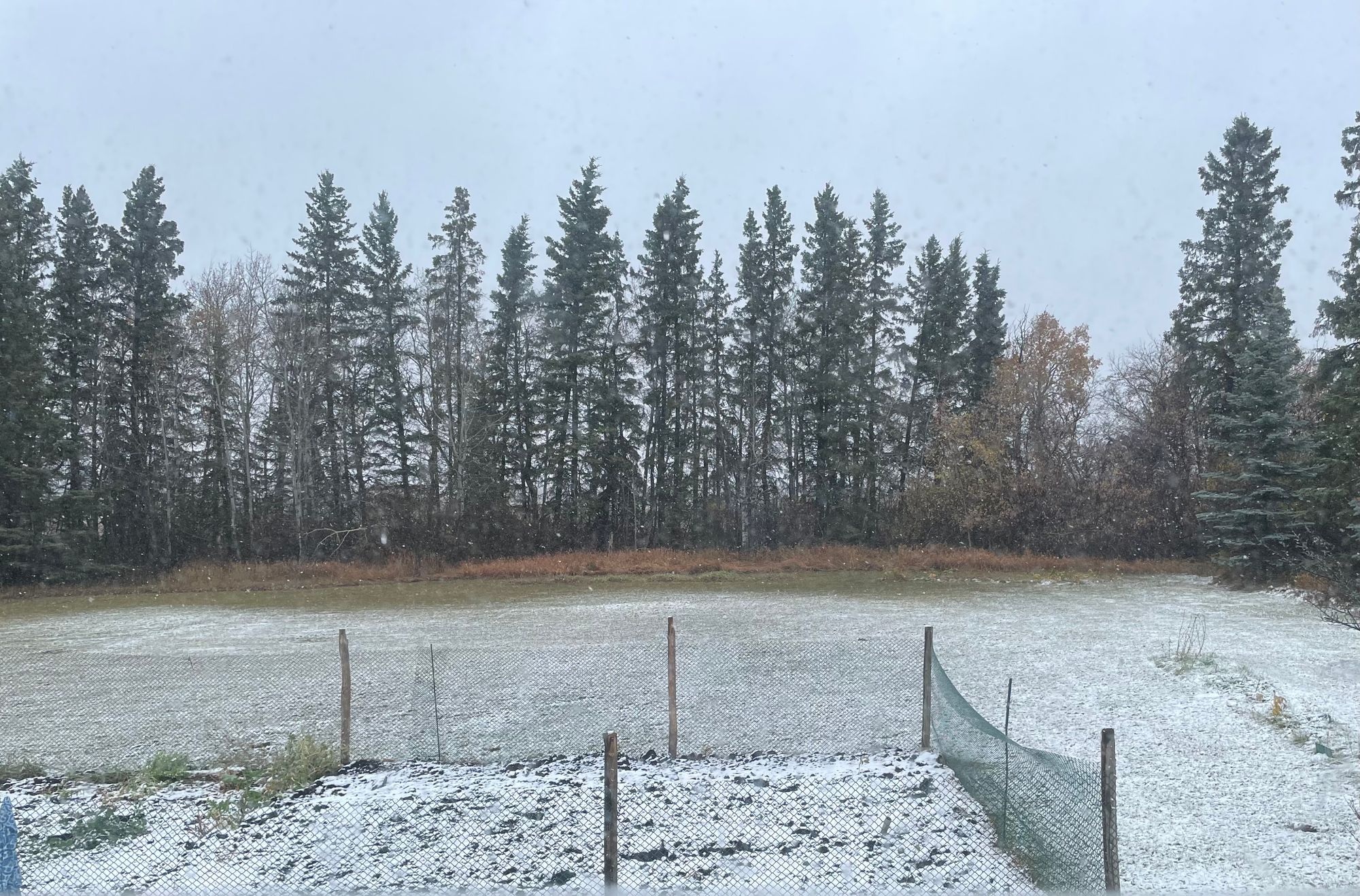DIY - Lawn to Lasagna (Sheet Composting)

Our third & final composting project for the season. And it’s got the tastiest name! Keep watching/reading to learn more about lasagna gardening.
We wanted to expand our garden space for next year, and this composting method is the ticket. Turn your unused lawn into a lasagna garden by using layers that mimic nature’s soil building techniques.
Video: Do It Yourself - Lawn to Lasagna (Sheet Composting)
The One-Straw Revolution (affiliate link):
When is the best time to start a lasagna garden? No time like the present, but Fall is a good choice as the materials are easier to source and the layers will begin to break down for you over the winter & be ready for Spring planting.
General Instructions:
- We begin with a base layer of cardboard on the bottom of the bed, which will break down very slowly as it smothers weeds and soaks up moisture.
- The next layer should be be thick layer of brown compostable materials. This means items like twigs, small branches, fallen leaves, or straw. These help to provide drainage.
- Then give it a bit of a watering before we move to the next layer.
- Next up is a layer of well rotted manure. If you need to switch things up from your foraging workout (check our fun exercise video) you’ll find that spreading manure will work up a sweat! Do your best to lift with your leg muscles, and keep your arms in close to your body. It’s not always easy but you want to protect your back.
For those who’ve composted before you may notice we are alternating layers of what are normally termed “browns” and “greens”.
Browns are high-carbon items that provide roughage such as:
- Fall leaves & twigs
- Straw
- Sawdust
- Mulch
- Wood ash from the fireplace
- Dryer lint
- Shredded newspaper and junk mail (avoiding glossy materials)
Greens are high nitrogren items, and you want these layers to be thinner. About 1/4 the size of your brown layers. This category includes:
- Vegetable scraps
- Garden trimmings
- Grass clippings that haven’t been exposed to chemicals
- Fresh leaves or plant materials
- Composted rotted manure from a herbivore
- Hair or fur
- Coffee grounds and paper filters
- Tea leaves and tea bags
- Vermicompost (check out our previous video!)
You might note that the color of the composting item doesn’t always 100% match the category color but it does give you a general idea. Knowing the categories a little better allows you to mix and match based on what is available to you.
- Continue layering as you like.
- Finish with a final cozy layer of browns to tuck it in for the season. And a final watering.
- In the Spring keep adding layers as you like. When you are ready to plant in your new garden, add a layer of soil on top & start growing!

